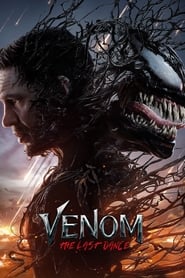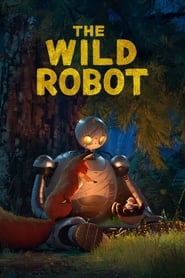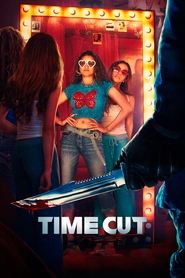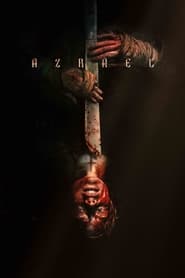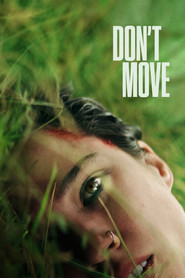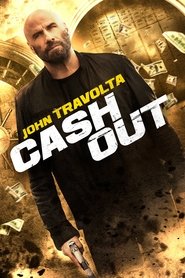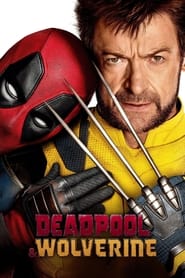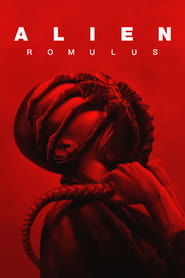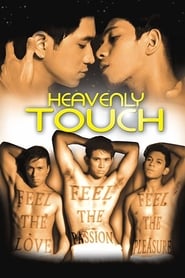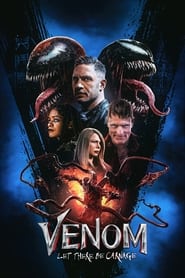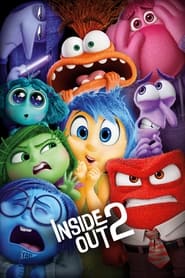
Valley Fever 1979
Valley Fever shares certain concerns with Beroes' earlier film Recital. Again, she is interested in the locus of individual perception, but is less concerned with emotion than with the bounds of human consciousness. Like Recital, the film is also highly structured and revolves around the reading of various texts. It involves two 'characters', a woman and a man, who, according to Beroes, carry on a 'disjunctive conversation about the effects of illness on perception. While the man reads from a scientific treatise on the syndrome of fever, the woman chooses the words of Merleau-Ponty, explaining her experience in phenomenological terms. They show each other film footage in an attempt to visualise/exchange their perceptions. But ultimately the film confirms their inability to 'see eye to eye'.' In her choice of cinema as a medium of 'exchange' within the film, Beroes also points to the dilemma of the artist and the problematics of communicating one's singular vision to the larger world.
- Title: Valley Fever
- Year: 1979
- Genre:
- Country:
- Studio:
- Director: Stephanie Beroes
- Cast:
- Crew: Stephanie Beroes (Director)
- Keyword:
- Release: Jan 01, 1979
- Runtime: 25 minutes
- IMDb: 0.00 / 10 by 0 users
- Popularity: 0
- Budget: $0
- Revenue: $0
- Language: English
 Apple TV
Apple TV Google Play Movies
Google Play Movies Fandango At Home
Fandango At Home Netflix
Netflix Amazon Prime Video
Amazon Prime Video Amazon Video
Amazon Video MUBI
MUBI